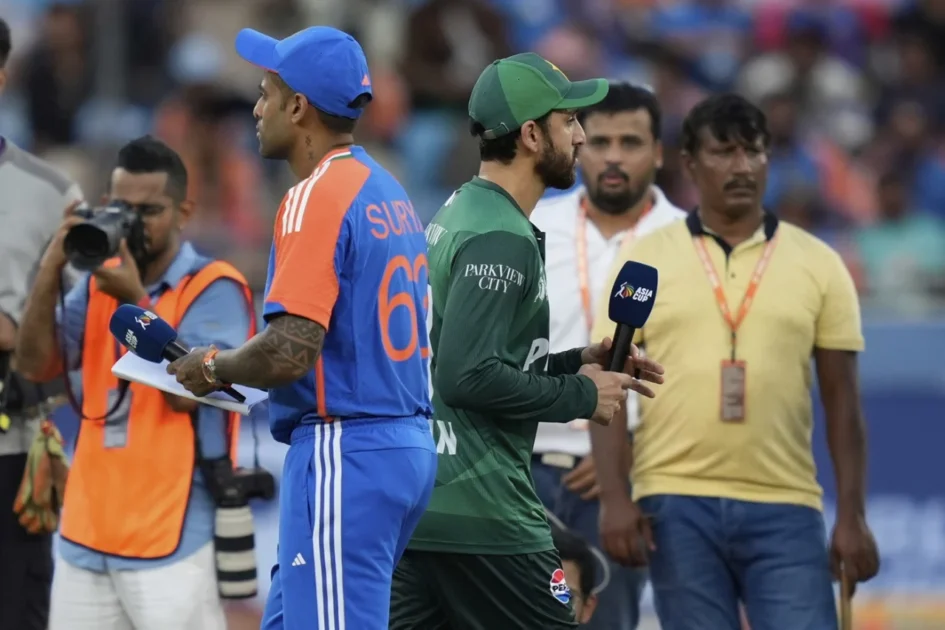- Rehan Ahmed
- Sep 16, 2025
Pakistan enters ceasefire with upper hand
A US brokered ceasefire on Saturday silenced the guns between Pakistan and India after mounting attacks over almost four days.
But as Delhi and Islamabad appeared set to chalk out a fresh road to the future, the latest Indo-Pak conflict has armed Pakistan with fresh self-confidence.
Pakistan gained an important achievement in just the first few hours of a tit-for-tat battle beginning early on Wednesday.
The downing of five Indian fighter planes including three prized French built Rafale fighters immediately drew global attention to the reality of south Asia’s new balance of air power.
Reports from across Pakistan spoke of widespread appreciation over this impressive victory, as the popular mood reacted from being thankful to seeking to celebrate amidst warnings of fresh coming Indian attacks.
After years of international interest in India’s fast growing expenditure on its air power, setting aside more than U$15 billion for the past and future purchase of 59 Rafale fighters, the new reality came with nothing less than a shock for Delhi.
Moreover, just three years after Pakistan’s purchase of the Chinese J-10 C ‘Vigorous dragon’ fighter planes armed with the formidable PL-15 air-to-air missiles, Pakistan now dominated the skies over India and Pakistan. More importantly, that superiority came at a financial cost believed to be at a fraction of India’s past and planned future expenditure.
The victory was also a reminder of the reality of China’s ‘iron brother’ relationship with Pakistan, having expanded across all three domains of Pakistan’s armed forces.
In the domain of airpower, other Chinese backed fighters to arm Pakistan include the JF-17 ‘Thunder’ Block-III being the latest under the JF-17 series. Additionally, the Pakistan Air Force has recently revealed its work towards manufacturing the JF-17 pfx or Pakistan Experimental Fighter, expected to include more technologies that are modern in future.
For Pakistan’s maritime defence, the country has worked with China in recent years to manufacture eight new ‘Hangor’ class submarines. Once inducted, these along with the inclusion of modern naval ships will together lift the capacity of the Pakistan Navy well beyond at any other time in the country’s history.
Finally, as PAF fighter planes flew overhead, Pakistan’s land forces were no less active notably along the line of control (LOC) in Kashmir, targeting enemy posts. Images of white flags fluttering over Indian military locations along the LOC said much about the pressure that Pakistan built quickly at a very delicate time.
Going forward, Pakistan and India still need to cover a major distance to secure a permanent peace. However, if India sought to dominate Pakistan militarily, that ambition stands just demolished.
At the same time within Pakistan, Saturday’s victory must not just be celebrated with vigour. It provides Pakistan with an opportunity to undertake broader internal reforms to provide a further plank for further solidifying a range of areas including the national defence. After four days of rare tension versus India, Pakistan’s road to future stability is obvious.





